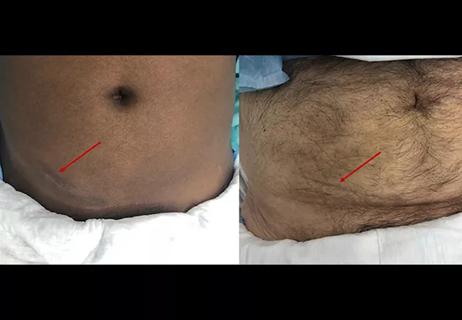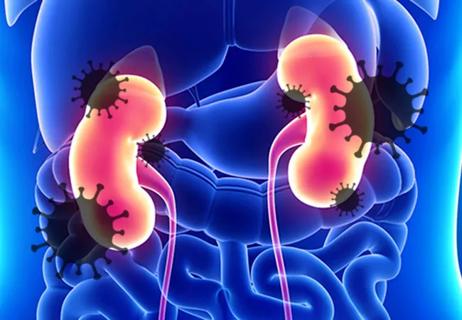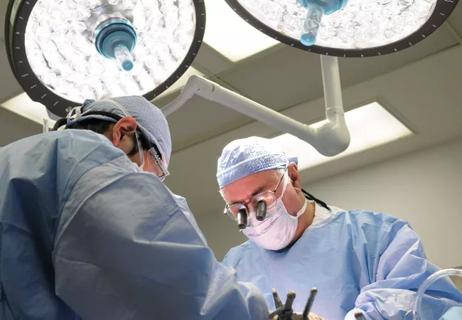Demographic and social factors found to influence preemptive listing

Transplantation improves longevity and quality of life for patients with end-stage kidney disease (ESKD). Those in the top 20% for Estimated Post-Transplant Survival (EPTS) are prioritized for the procedure on the waiting list based on the national Kidney Allocation System (KAS).
Cleveland Clinic is a non-profit academic medical center. Advertising on our site helps support our mission. We do not endorse non-Cleveland Clinic products or services. Policy
A new study shows, however, that disparities exist in placement on the list of patients with even high-priority EPTS scores. Led by a Cleveland Clinic researcher, the analysis of data from the United States Renal Data System found that being African American, not having commercial health insurance, and residing in a lower-income community were associated with a lower likelihood of waitlist placement.
“The results indicate that there are numerous patients with kidney failure who would qualify for top 20% status but are not placed on the waiting list,” says Jesse D. Schold, PhD, of Cleveland Clinic Lerner Research Institute and first author of the study, in a prepared statement from the Journal of the American Society of Nephrology. Emilio Poggio, MD, and John Sedor, MD, nephrologists in the Glickman Urological & Kidney Institute, are coauthors on the paper.
KAS gives preferential access to deceased donor kidneys to patients with EPTS scores ≤ 20% at the local, regional and national levels because the rating means they have the lowest cumulative risk factors. The scores can change, however, based on an individual’s age, time on dialysis and reported changes in diabetic or transplant status.
The report on waiting lists included more than 42,000 patients (mean age: 38.0 years; 57% male; 59% white, and 31% Black) whose data were reflected in the United States Renal Data System. All were adults older than age 18 years with a top 20% EPTS score who had been preemptively waitlisted or initiated dialysis from 2015 to 2017. That time period was chosen because 2014 was the year the KAS and use of the EPTS score were introduced.
Using unadjusted and multivariable survival models, the authors assessed the cohort’s time to wait-list placement, loss of 20% EPTS status, transplantation and death. The primary endpoint was time to placement on the kidney transplant waiting list for patients who initiated dialysis during the study period.
Covariates included in the multivariable models were demographic information collected at onset of ESKD, comorbidities and socioeconomic conditions as determined by permanent residential zip code. Primary diagnoses reflected in the registry were diabetes, hypertension, cystic disease, glomerulonephritis and other.
Of the patients studied, 7,922 were preemptively waitlisted and 34,523 initiated dialysis. Fewer than half those eligible patients who had top 20% EPTS scores were placed on the transplant waiting list. Only 37% of patients who initiated dialysis with top 20% EPTS scores were waitlisted within three years. Among those on dialysis, 61% lost their top 20% EPTS status within 30 months, compared with 18% of patients who were preemptively listed. Three-year incidence of deceased and living donor transplantation was 5% and 6%, respectively, for patients who initiated dialysis and 26% and 44%, respectively, for patients who were preemptively listed.
Factors independently associated with waitlisting included race, income, and having non-commercial insurance. Preemptive listing was more likely in patients who were older, white, non-Hispanic, and had a primary diagnosis of cystic disease (all P <0.001). Three-year incidence of waitlist placement was 50% in patients with the highest incomes, versus 25% for those with the lowest incomes.
While cautioning that their findings should not be interpreted directly as cause and effect, the authors note that the data point to a lack of access to care for patients who are qualified for kidney transplantation. They recommend development of policies for identifying and mandating early education of patients and clinicians about the benefits of EPTS status and suggest that automated transplant referral be considered for patients with ESKD who have the best prognoses.
Concludes Dr. Schold, “These results emphasize the need for more effective education, interventions and policies to address longstanding disparities in availability of kidney transplantation and to expedite access for those who would most benefit from the procedure.”

Smaller incision may lead to reduced postoperative pain for some patients

Improving access to lifesaving kidney transplant

The process could improve access and equity for patients with end-stage kidney disease

Video offers glimpse into technically challenging portion of the procedure

Infectious disease and kidney transplant specialists share key insights

New interventions and policies haven’t increased wait-listing

Cleveland Clinic surgeons use single-incision robotic surgery to perform kidney transplant

Transplant Center makes more organs available to more patients